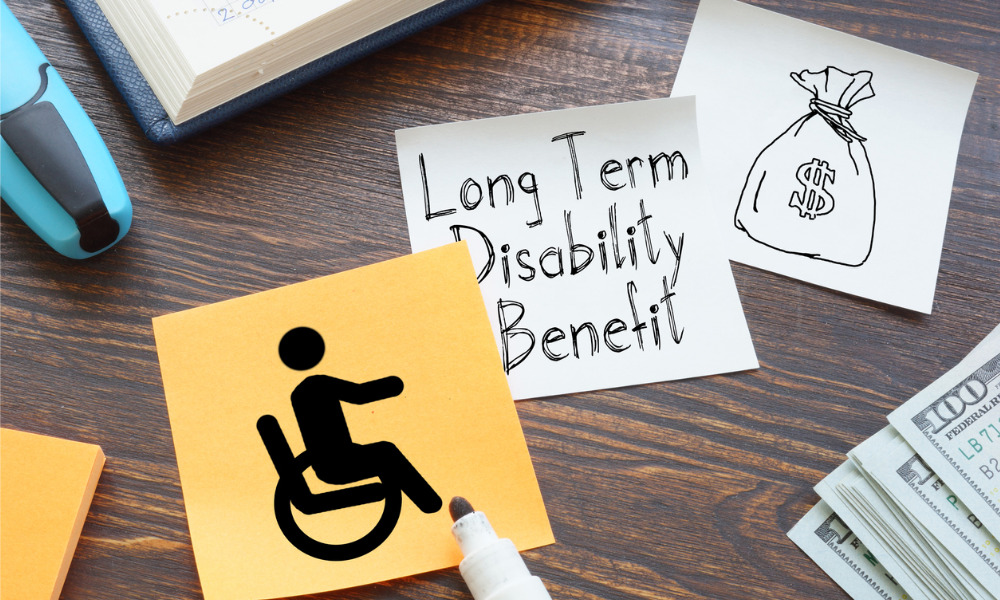Applying for long-term disability (LTD) benefits can feel overwhelming, especially when you’re already dealing with a serious health condition. However, understanding the process and preparing thoroughly can significantly improve your chances of approval. Here’s what you need to know to navigate the application successfully.
Start by Understanding Your Policy
Before filing a claim, carefully review your LTD policy. Whether it’s through your employer or an individual plan, you need to understand the definition of disability, the elimination period, required documentation, and filing deadlines. Most policies require you to file within a specific timeframe after becoming disabled, and missing this deadline could jeopardize your benefits.
Pay special attention to how your policy defines “disabled.” Some policies are more restrictive than others, and knowing what you need to prove will help you gather appropriate evidence.
Notify Your Insurance Company Immediately
Once you realize your condition will prevent you from working long-term, contact your insurance company or HR department. They’ll provide you with claim forms and explain their specific requirements. Don’t wait—even if you’re still within the short-term disability period, starting early gives you time to collect necessary documentation.
Gather Comprehensive Medical Documentation
Medical evidence is the cornerstone of your LTD claim. Your insurance company needs clear proof that your condition prevents you from performing your job duties. This includes:
Detailed medical records from all treating physicians, including diagnosis, treatment history, test results, and prognosis. Ask your doctors to specifically document how your condition limits your ability to work, including physical restrictions, cognitive impairments, or other functional limitations.
Request that your physicians complete any medical forms provided by the insurance company thoroughly and promptly. These forms carry significant weight in the decision-making process.
Complete All Forms Accurately and Thoroughly
LTD applications require extensive paperwork, including personal information, employment history, income verification, and detailed descriptions of your condition and limitations. Be specific about how your disability affects your daily activities and job functions. Vague statements like “I can’t work” aren’t sufficient—explain precisely what tasks you cannot perform and why.
Never exaggerate symptoms, but don’t downplay them either. Consistency across all documentation is crucial, so ensure your statements align with your medical records.
Provide Employment and Income Documentation
You’ll need to verify your income and job duties. Gather recent pay stubs, tax returns, and a detailed job description. Your employer may need to complete forms confirming your position, responsibilities, and work schedule.
Submit Additional Supporting Evidence
Beyond medical records, include statements from family members, colleagues, or others who can attest to your limitations. If you’ve attempted to work despite your condition, document these attempts and explain why they were unsuccessful.
Follow Up Persistently
After submitting your application, stay in regular contact with your claims adjuster. Respond promptly to any requests for additional information. Keep copies of everything you submit and maintain a detailed log of all communications.
Consider Professional Help
If your claim is denied or if you have a complex medical condition, consider consulting a disability attorney who specializes in LTD claims. Many work on contingency, meaning they only get paid if you win.
Applying for LTD benefits requires patience, organization, and persistence. By preparing thoroughly and providing comprehensive documentation, you’ll give yourself the best chance of securing the benefits you need and deserve.


